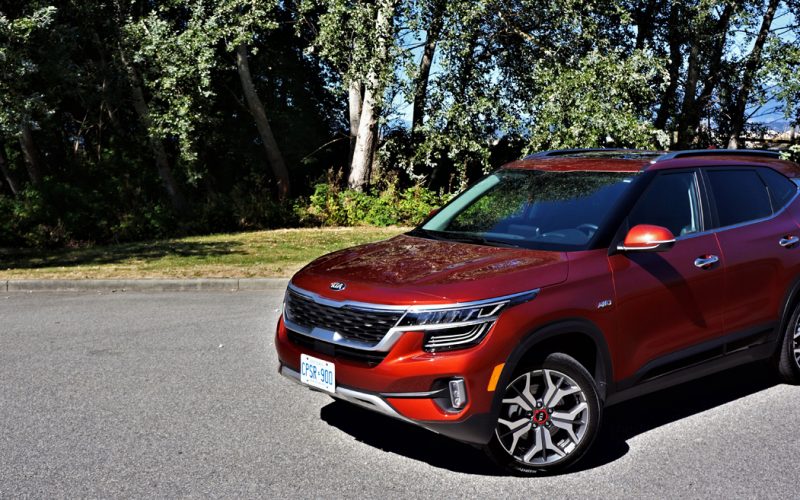
Reading Time: 13 minutesTwo weeks of living with two trims of Kia’s latest Seltos, and it’s now easy for
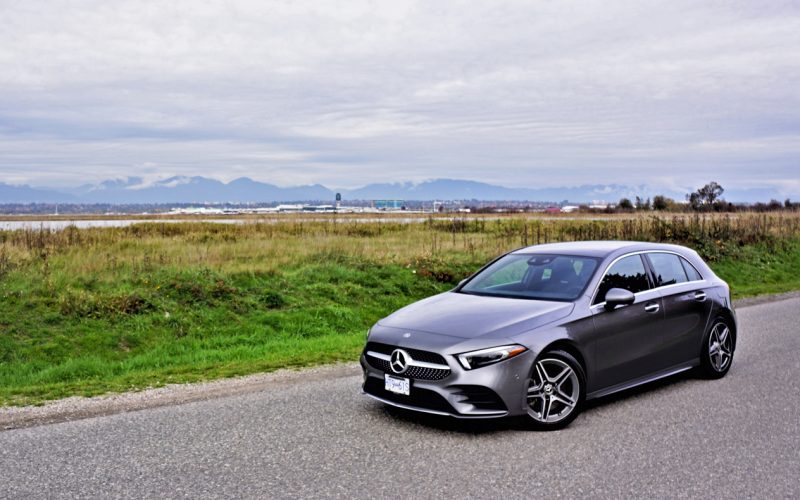
Reading Time: 15 minutesMercedes was a forerunner in the subcompact luxury class with its B-Class MPV back in 2005.
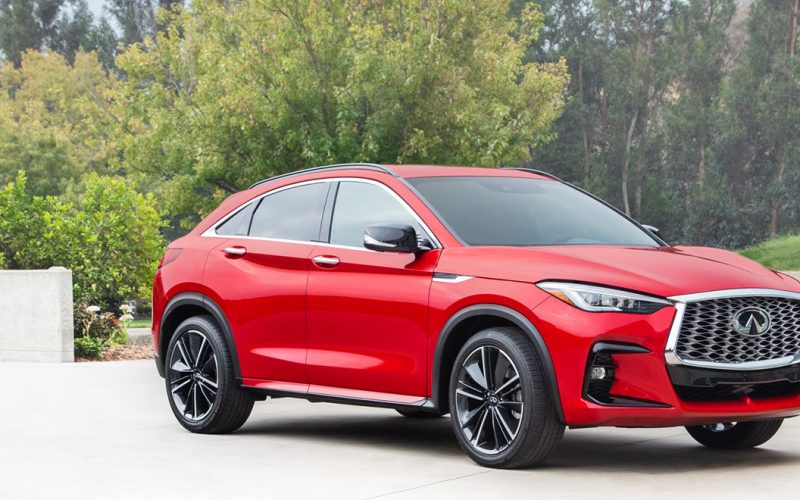
Reading Time: 7 minutesInfiniti could arguably be credited with creating the sporty crossover coupe sector way back in 2002
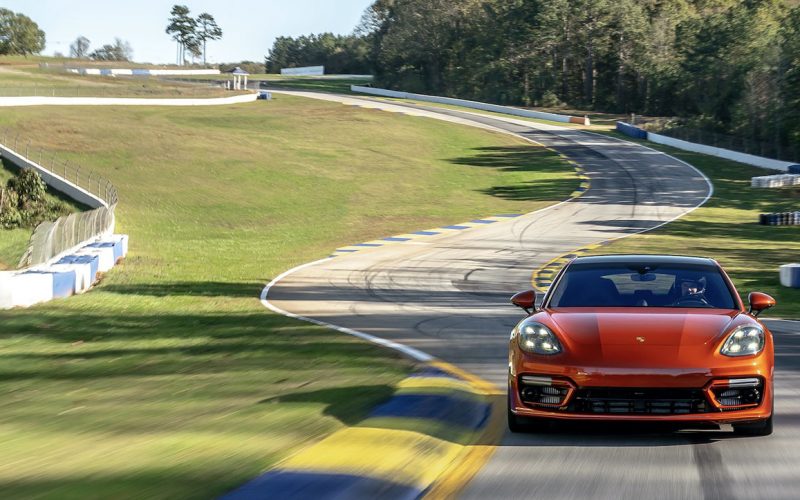
Reading Time: 3 minutesIf you’re in the belief that Porsche’s Panamera flagship is simply a low-slung luxury sedan, think

Reading Time: 4 minutesPorsche wowed performance car fans with its shockingly quick 2021 911 Turbo S back in April,
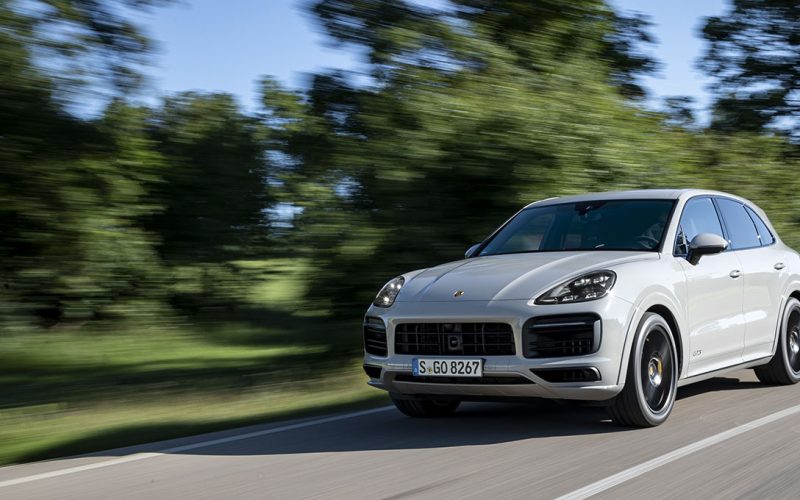
Reading Time: 4 minutesThe Cayenne GTS is back, and much has changed since the model was last offered for
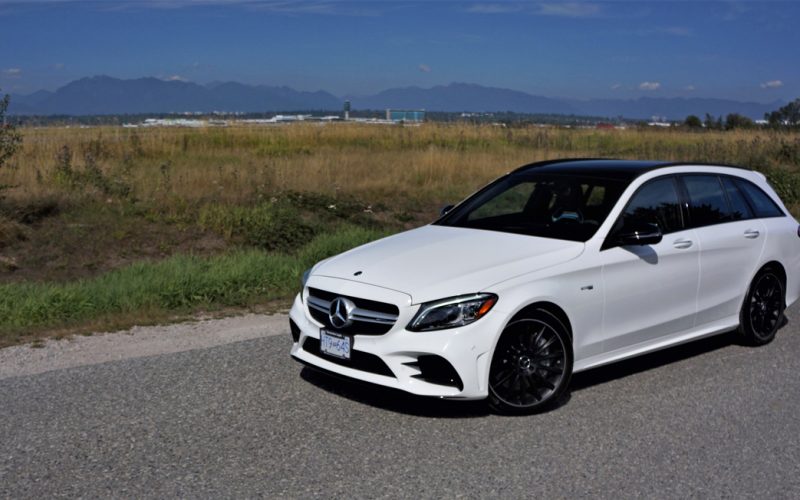
Reading Time: 13 minutesIf you’re old enough to be called a boomer, or if you fall into the early
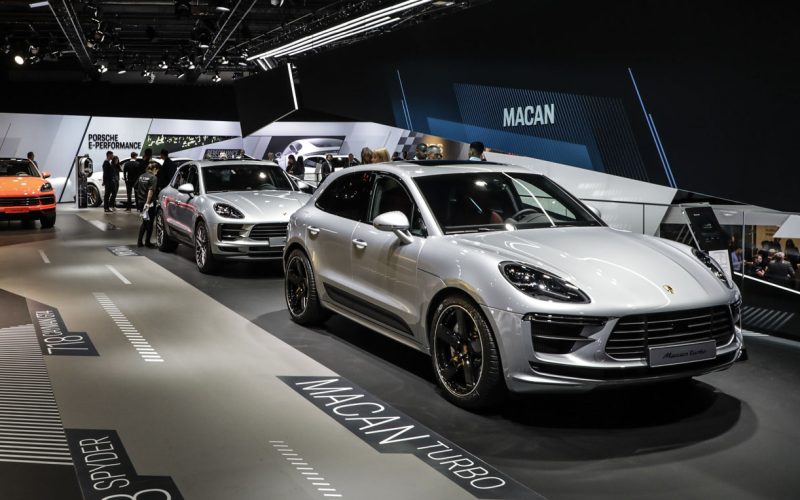
Reading Time: 4 minutesPorsche gave its Macan compact luxury utility such an extensive update last year that most in
© 2025 The Car Magazine. All Rights Reserved, Privacy Policy | Terms of Use